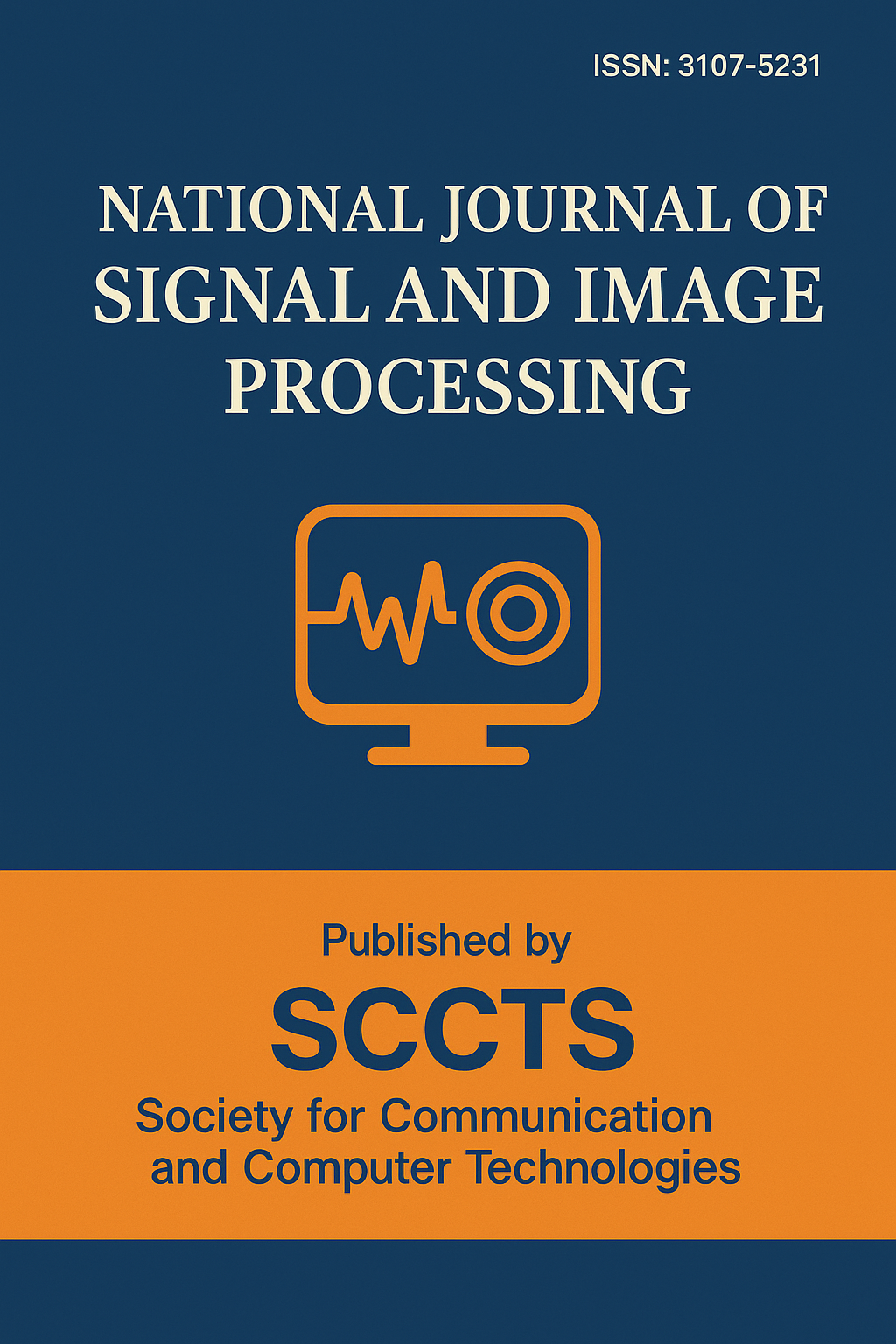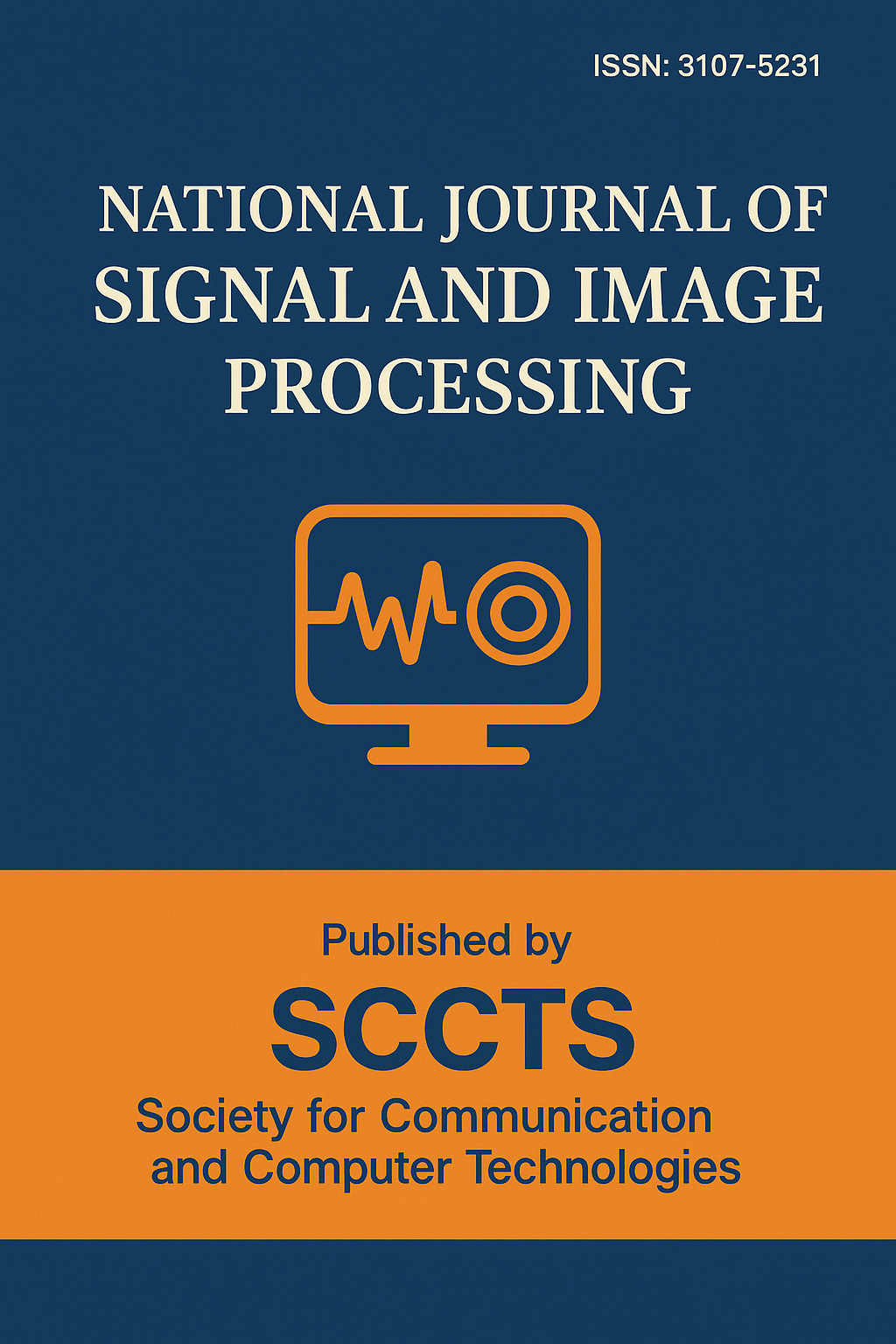Hybrid Quantum-Inspired Signal Processing Algorithms for Ultra-Low-Power Embedded IoT Applications
DOI:
https://doi.org/10.17051/NJSIP/01.02.02Keywords:
Quantum-inspired algorithms, ultra-low-power DSP, embedded IoT, evolutionary optimization, adaptive filtering, hardware–algorithm co-design, amplitude encoding, energy-efficient algorithms, IoT sensor analytics.Abstract
The fastest growing Internet of Things (IoT) application field necessitates efficient signal processing frameworks with high computational portions that have an incomparably low power consumption, especially among embedded devices subject to very limited resources. In this paper, we present a hybrid quantum-inspired signal processing paradigm combining both theoretical aspects of a quantum-inspired computation we have used along our theoretical aspects of classical DSP, e.g., moving between amplitude encoding, quantum superposition, quantum optimization of rotation gates, adaptive FIR/IIR filtering and discrete wavelet transforms, and fixed-point optimisation. Such theoretical combination solves some of the most important signal processing issues that involve lowered computational complexity, enhanced convergence characteristics of adaptive filters, and heightened noise resilience in non-stationary settings. The hardware-algorithm co-design in the framework uses a combination of fixed-point arithmetic, loop unrolling and memory blocking to facilitate successful real-time deployment on an ARM Cortex-M4 microcontroller. Up to 43 percent reduction of energy, 31 percent improvement on execution speed and 25 percent better in the classification rate compared to baseline DSP methods are also shown through experimental validation. Demonstration of the generalizability of the strategy by utilizing it in the area of biomedical signal denoising, environmental sound analysis, and structural vibration monitoring creates a scalable methodology of realizing elegant signal processing theory under resource-limited embedded IoT devices.






